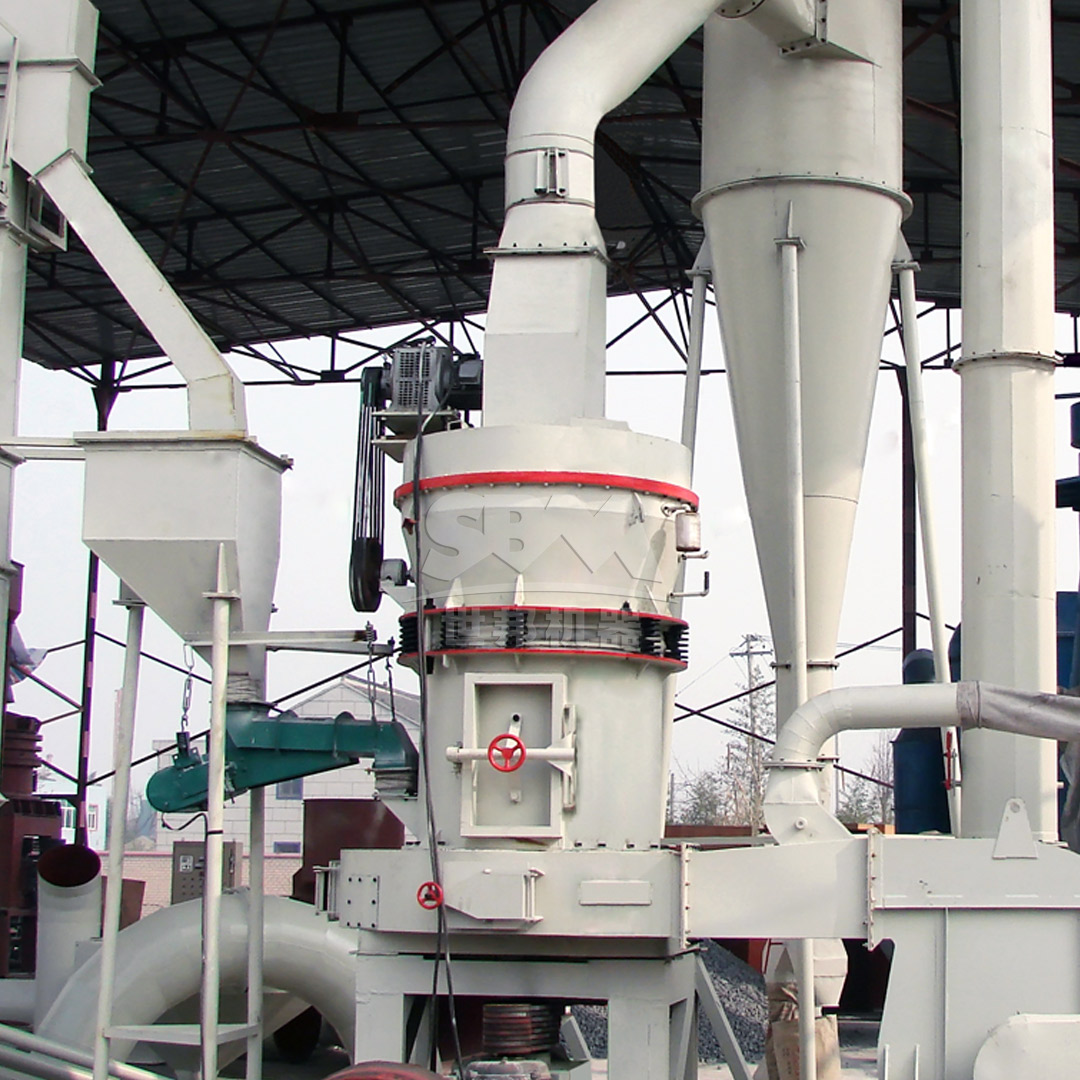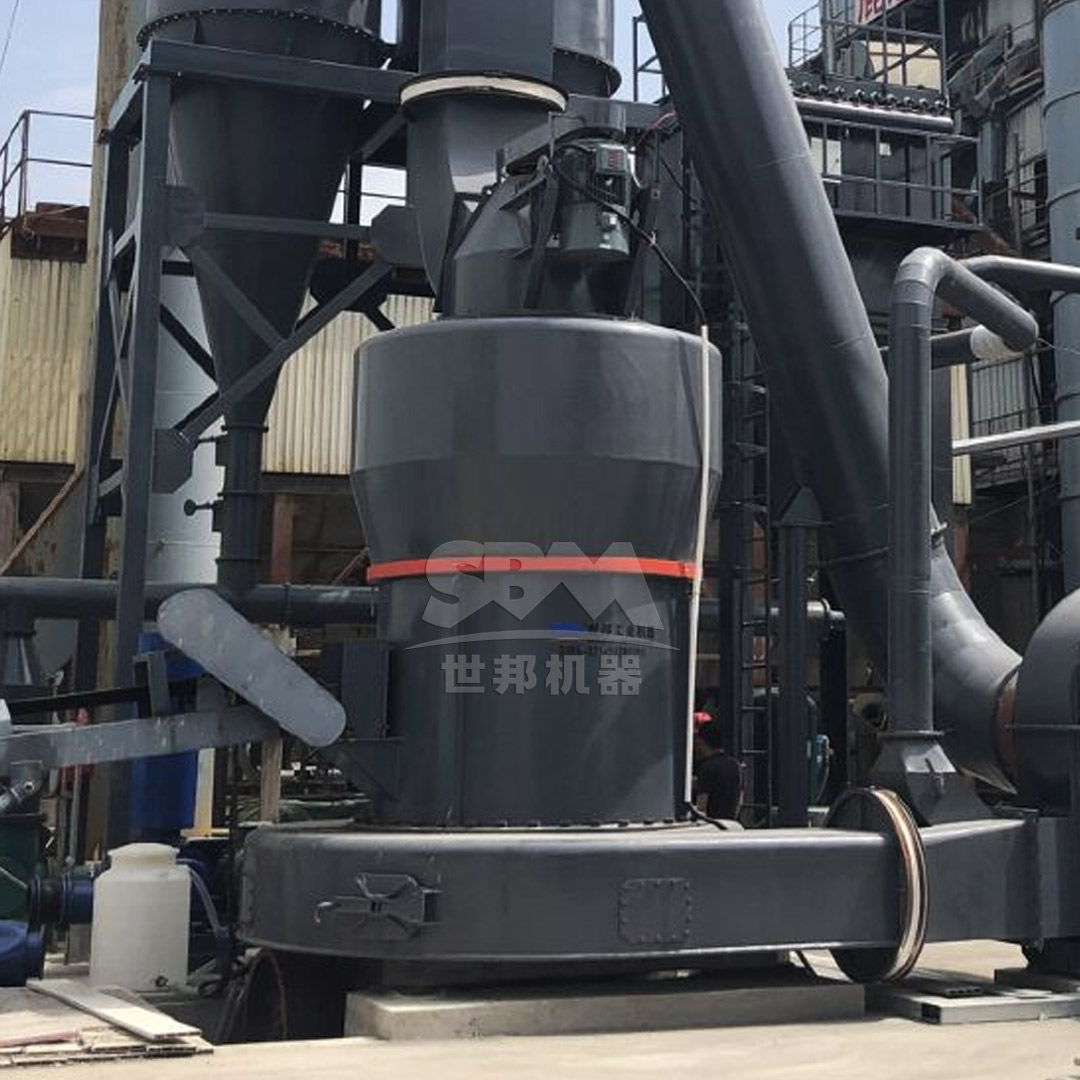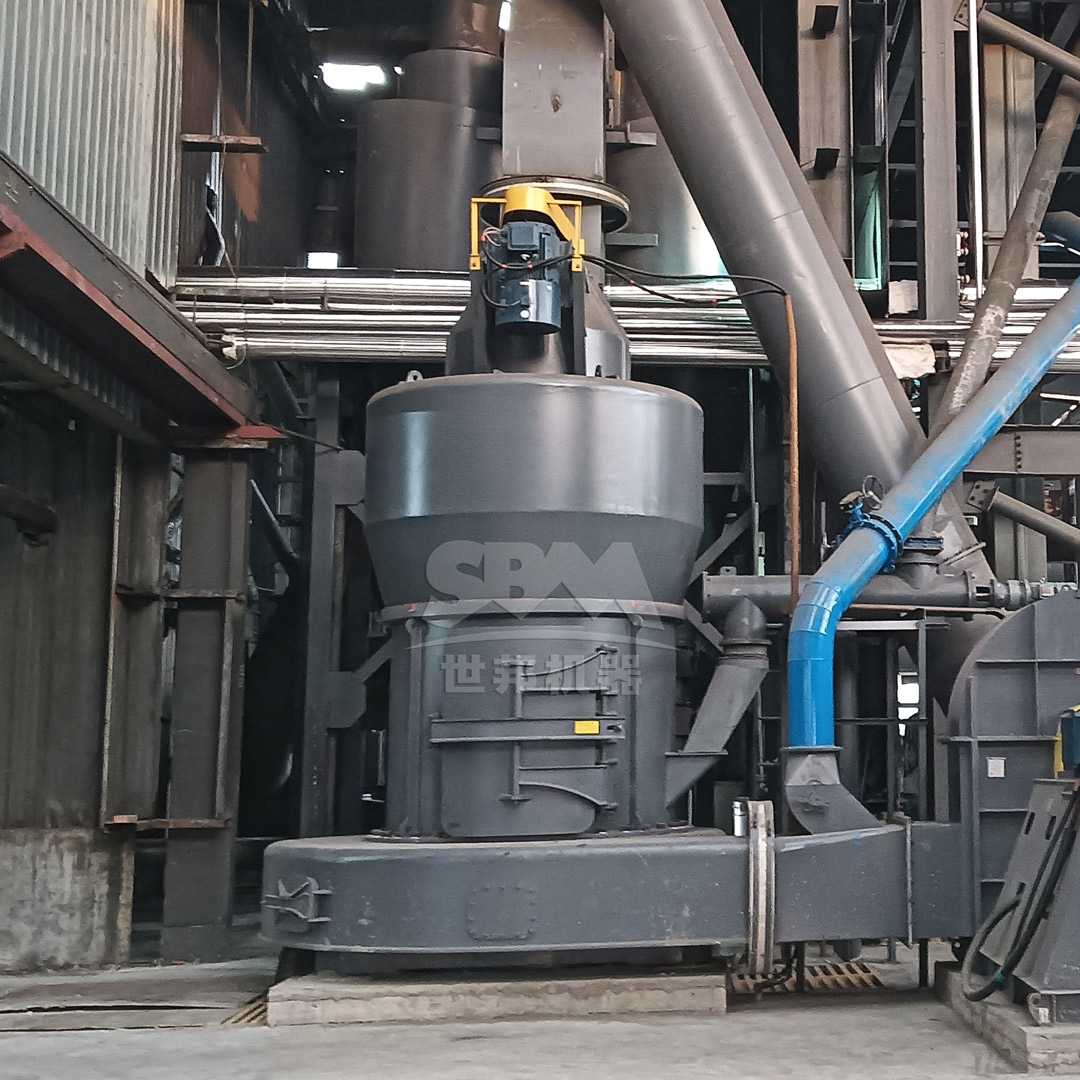The rapid expansion of the electric vehicle (EV) market has created unprecedented demand for high-performance battery materials, particularly graphite anodes. The quality of graphite powder used in anode production directly impacts battery capacity, charging speed, and cycle life. Among various grinding technologies, roller mill systems have emerged as the preferred solution for producing high-purity, precisely controlled graphite powders essential for next-generation lithium-ion batteries.
Graphite serves as the primary anode material in over 95% of commercial lithium-ion batteries due to its excellent electrical conductivity, layered structure that facilitates lithium intercalation, and relative abundance. However, not all graphite powders are created equal. The electrochemical performance of graphite anodes depends heavily on several powder characteristics:
| Powder Characteristic | Impact on Battery Performance | Target Range for EV Applications |
|---|---|---|
| Particle Size Distribution | Affects packing density, electrolyte penetration, and lithium diffusion pathways | D50: 10-20μm, D97: 15-30μm |
| Particle Shape | Influences electrode coating uniformity and cycling stability | Flaky morphology with high aspect ratio |
| Surface Area | Determines solid electrolyte interface (SEI) formation and initial capacity loss | 2-8 m²/g (BET) |
| Purity Level | Prevents side reactions and extends cycle life | >99.95% carbon content |
| Crystallinity | Affects electrical conductivity and structural stability | Well-ordered graphite structure |
Conventional grinding methods often struggle to consistently achieve these specifications while maintaining economic viability for mass production. Jet mills, while capable of fine grinding, suffer from high energy consumption and limited control over particle morphology. Ball mills can introduce metallic contamination from grinding media and typically produce broad particle size distributions requiring additional classification steps.
Roller mill systems address the limitations of alternative grinding technologies through their unique operating principle. These mills utilize multiple grinding rollers that apply compressive forces to material beds rather than relying on impact or attrition alone. This approach offers several distinct advantages for graphite processing:
Precise Particle Size Control: Roller mills incorporate integrated dynamic classifiers that enable real-time adjustment of product fineness. The centrifugal classification mechanism ensures consistent cut points without the bypass issues common in static separation systems.
Superior Particle Morphology: The bed compression grinding mechanism in roller mills tends to preserve the flaky structure of natural graphite, which is beneficial for anode performance. Unlike impact mills that produce more equiaxed particles, roller mills generate platelets with high aspect ratios that pack efficiently in electrode coatings.
Minimal Contamination: With proper material selection for grinding components, roller mills can process graphite with negligible metallic contamination. Ceramic-lined grinding zones and specialized wear materials maintain product purity essential for battery applications.
Energy Efficiency: The material-bed comminution principle is significantly more energy-efficient than single-particle breakage methods. Roller mills typically consume 30-50% less energy than jet mills producing equivalent graphite products.

For applications requiring the finest graphite powders, particularly for high-capacity batteries where maximum lithium intercalation is critical, the SCM Ultrafine Mill represents the state of the art in ultrafine grinding technology. This system is specifically engineered to produce graphite powders in the 325-2500 mesh range (D97 ≤5μm) with exceptional uniformity and control.
The SCM Ultrafine Mill incorporates several advanced features that make it ideally suited for battery anode production:
High-Precision Classification: The integrated vertical turbine classifier provides precise particle size cuts with minimal coarse particle contamination. The classifier speed can be continuously adjusted to target specific D50 and D97 values, enabling manufacturers to optimize graphite specifications for different battery chemistries.
Efficient Grinding Mechanism: The three-layer grinding ring design creates multiple comminution zones that progressively reduce particle size. This staged approach minimizes overgrinding and reduces energy consumption by up to 30% compared to conventional ultrafine grinding systems.
Intelligent Control System: Advanced automation continuously monitors and adjusts operating parameters to maintain consistent product quality. Real-time feedback on product fineness allows for immediate correction of process deviations, ensuring batch-to-batch consistency.
Contamination Control: Specialized wear materials in grinding components and the absence of rolling bearings in the grinding chamber prevent metallic contamination. The fully enclosed system with pulse dust removal maintains product purity exceeding 99.95%.
| SCM Model | Processing Capacity (ton/h) | Main Motor Power (kW) | Recommended Application |
|---|---|---|---|
| SCM800 | 0.5-4.5 | 75 | Pilot plants and specialty grades |
| SCM900 | 0.8-6.5 | 90 | Small to medium production lines |
| SCM1000 | 1.0-8.5 | 132 | Standard EV battery production |
| SCM1250 | 2.5-14 | 185 | High-volume anode material production |
| SCM1680 | 5.0-25 | 315 | Large-scale battery manufacturing |
For graphite anode production where ultra-fine powders are not required, but high throughput and consistent quality are paramount, the MTW Series Trapezium Mill offers an optimal balance of performance and efficiency. With output fineness ranging from 30-325 mesh (up to 0.038mm) and capacities reaching 45 tons per hour, this system is ideal for high-volume manufacturing of graphite anodes for mainstream EV batteries.
The MTW Series incorporates several innovations specifically beneficial for graphite processing:
Anti-Wear Shovel Design: The combination shovel blades significantly reduce maintenance requirements while the curved design extends roller service life. This is particularly important when processing natural graphite, which can be abrasive.
Optimized Air Flow Path: The curved air channel minimizes energy losses during material transport, improving overall system efficiency. High-strength protective plates safeguard the air channel working surface from erosion.
Integrated Gear Transmission: The bevel gear overall transmission achieves 98% efficiency while saving space and reducing installation costs. The compact design is advantageous for facilities with limited floor space.
Durable Housing Structure: The wear-resistant volute design eliminates flow resistance, enhancing air classification efficiency while reducing maintenance costs by approximately 30%.

Successfully implementing roller mill technology for graphite anode production requires careful consideration of several process parameters:
Feed Material Preparation: Natural graphite flakes should be properly sized before introduction to the roller mill. Pre-crushing to ≤20mm for SCM series or ≤50mm for MTW series ensures optimal feeding and prevents blockages. Moisture content should be controlled below 2% to prevent agglomeration and classification issues.
Grinding Zone Configuration: The pressure between grinding rollers and the grinding table must be optimized based on graphite hardness and target particle size. Higher pressures generally produce finer particles but increase wear and energy consumption. Modern roller mills feature automatic pressure adjustment systems that maintain consistent grinding force as components wear.
Classification Parameters: Classifier speed is the primary control variable for product fineness. Higher rotational speeds produce finer cuts but reduce throughput. The relationship between classifier speed and product size distribution should be characterized for each graphite source to establish optimal operating windows.
Temperature Management: Graphite is sensitive to oxidation at elevated temperatures. Roller mill systems should incorporate temperature monitoring and control to keep processing temperatures below 80°C, preserving graphite crystallinity and preventing thermal degradation.
Consistent production of high-quality anode materials requires rigorous quality control throughout the grinding process. Key parameters that should be monitored include:
Particle Size Distribution: Laser diffraction analysis should be performed regularly to verify D10, D50, and D90 values. Online particle size monitors can provide real-time feedback for process control.
Particle Morphology: Scanning electron microscopy (SEM) should be used periodically to assess particle shape and identify any changes in comminution mechanism.
Specific Surface Area: BET surface area measurements provide insight into the degree of particle size reduction and potential amorphization of graphite crystallites.
Tap Density: This parameter correlates with electrode packing density and should be monitored to ensure consistent electrode manufacturing performance.
Impurity Content: Regular elemental analysis, particularly for iron, chromium, and other metals, should be conducted to confirm that contamination levels remain within acceptable limits.

The transition to roller mill technology for graphite anode production represents a significant capital investment, but one that typically delivers compelling returns through multiple mechanisms:
Reduced Operating Costs: The energy efficiency of roller mills compared to alternative technologies can reduce power consumption by 30-50%, resulting in substantial savings, particularly in regions with high electricity costs.
Higher Product Value: The superior control over particle characteristics enabled by roller mills allows producers to target premium market segments where specifications are tighter and prices higher.
Reduced Rejection Rates: The consistency of roller mill products minimizes batch-to-batch variation, reducing quality-related rejections and improving manufacturing yield.
Lower Maintenance Requirements: While initial component costs may be higher, the extended service life of wear parts in properly configured roller mills reduces downtime and maintenance expenses over the equipment lifecycle.
As battery technology continues to evolve, graphite processing requirements are becoming increasingly demanding. Several trends are shaping the future of graphite roller mill technology:
Spherical Graphite Production: Some advanced anode formulations require spherical graphite particles. Modified roller mill systems with integrated spheroidization capabilities are being developed to address this specialized market.
Silicon-Graphite Composites: The growing adoption of silicon-graphite composite anodes presents new challenges for grinding systems, as the two materials have different mechanical properties. Advanced roller mills with multi-stage processing capabilities are well-positioned to handle these complex material systems.
Artificial Intelligence Integration: Machine learning algorithms are being incorporated into roller mill control systems to predict maintenance needs, optimize operating parameters in real-time, and automatically compensate for feed material variations.
Sustainable Processing: With increasing focus on the environmental footprint of battery manufacturing, next-generation roller mills are being designed with enhanced energy recovery systems and reduced water consumption for cooling applications.
Roller mill technology has established itself as the preferred solution for producing high-quality graphite powders for EV battery anodes. The precise control over particle characteristics, energy efficiency, and scalability of these systems align perfectly with the demanding requirements of the lithium-ion battery industry. As battery technology continues to advance, roller mills like the SCM Ultrafine Mill and MTW Series Trapezium Mill will play an increasingly critical role in enabling the performance improvements and cost reductions necessary to accelerate the global transition to electric mobility.
Manufacturers investing in roller mill technology for graphite anode production today are positioning themselves to compete effectively in a market where material quality increasingly determines commercial success. With proper system selection, process optimization, and quality control, these advanced grinding systems can deliver the consistent, high-performance graphite powders that will power the next generation of electric vehicles.